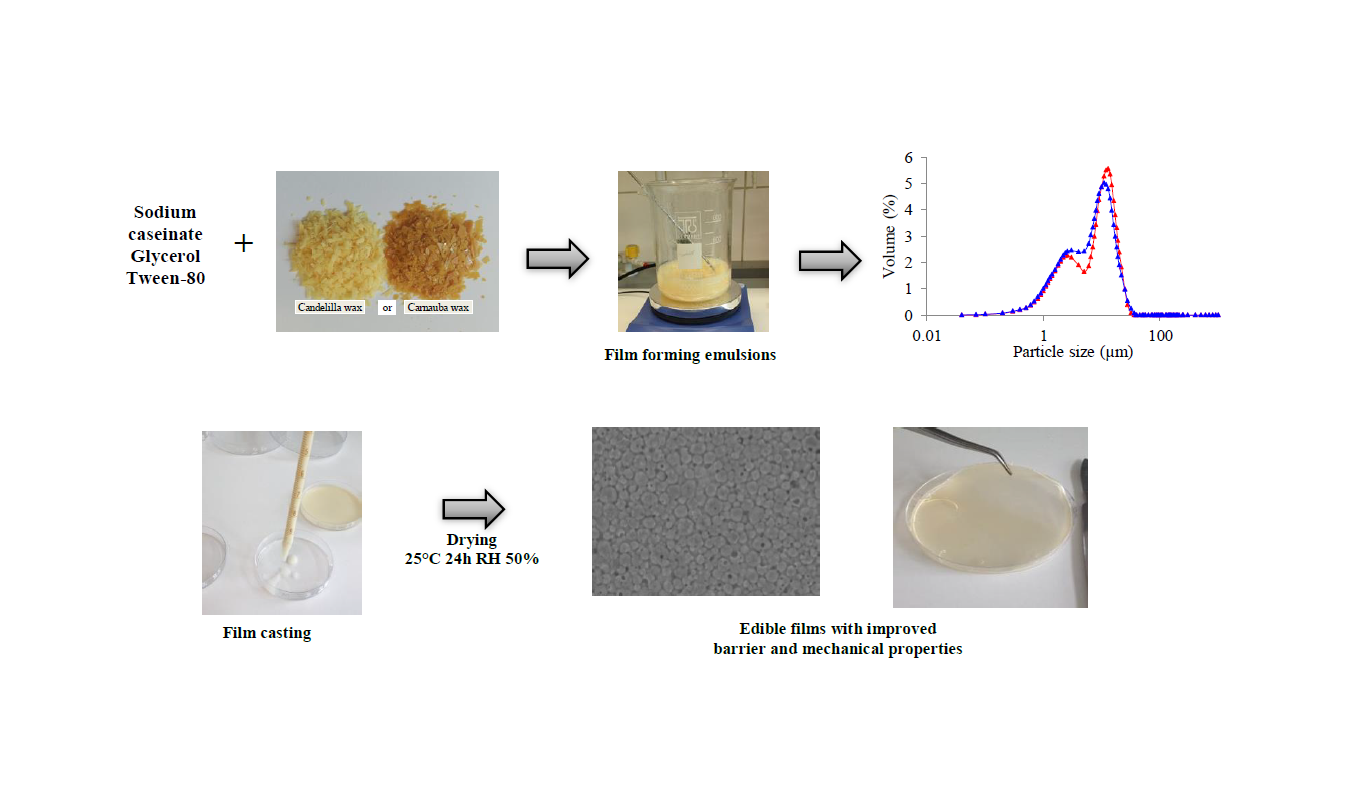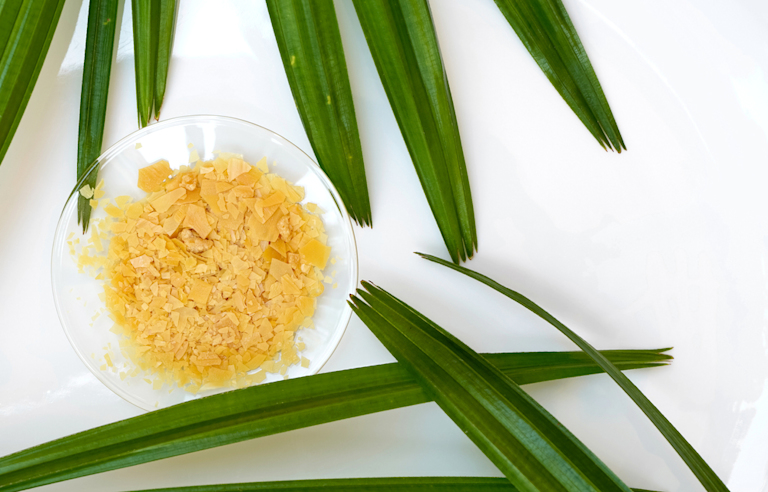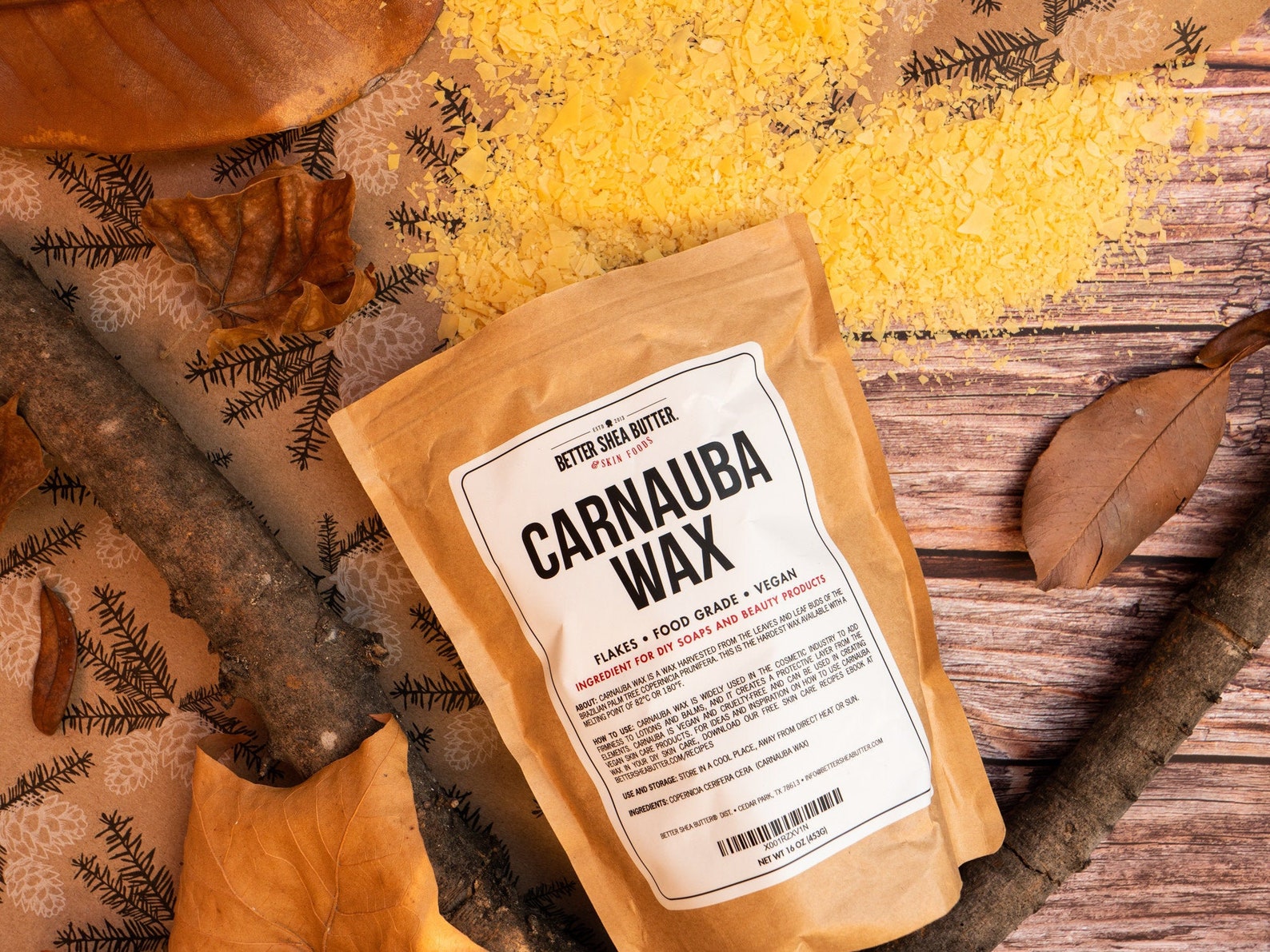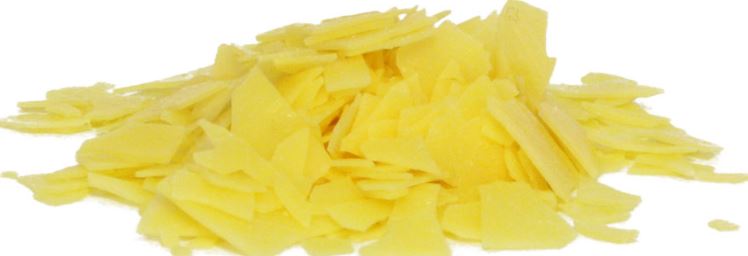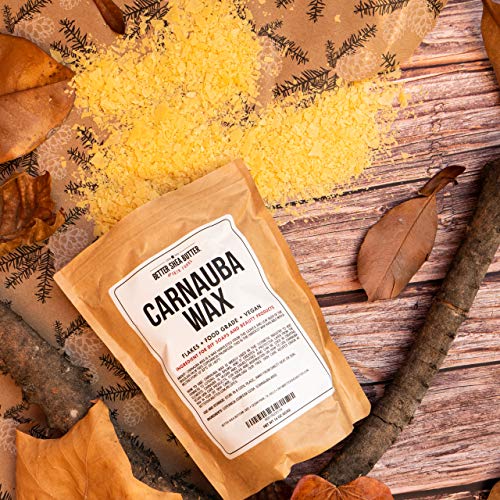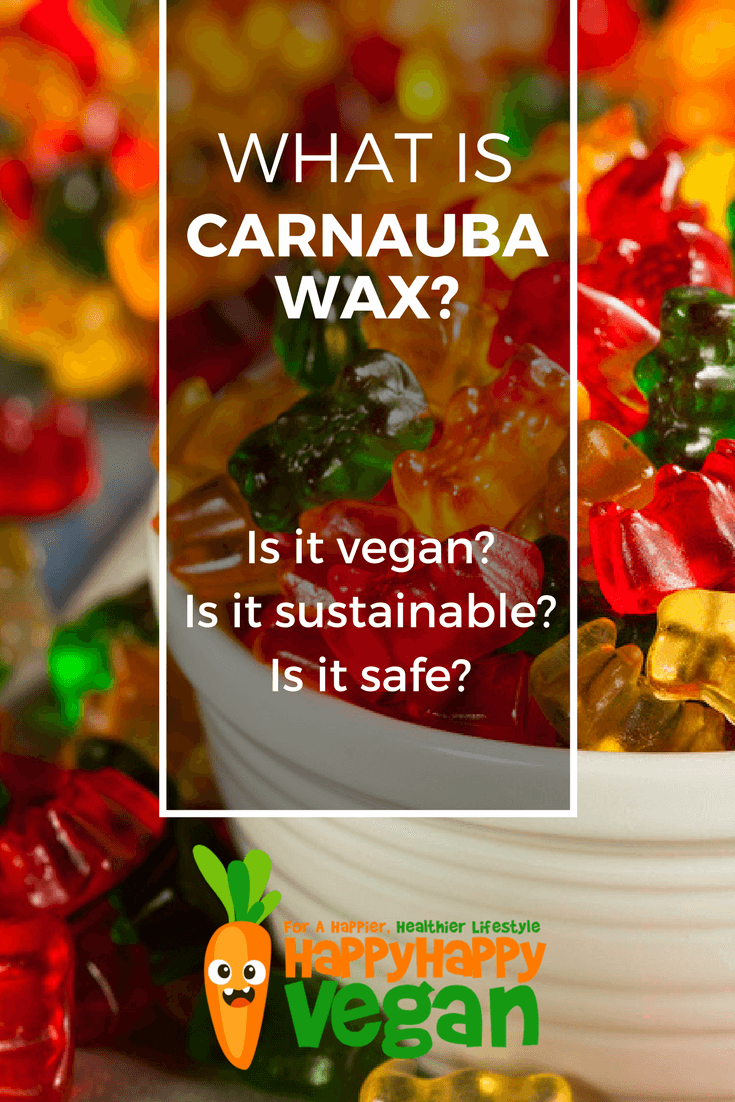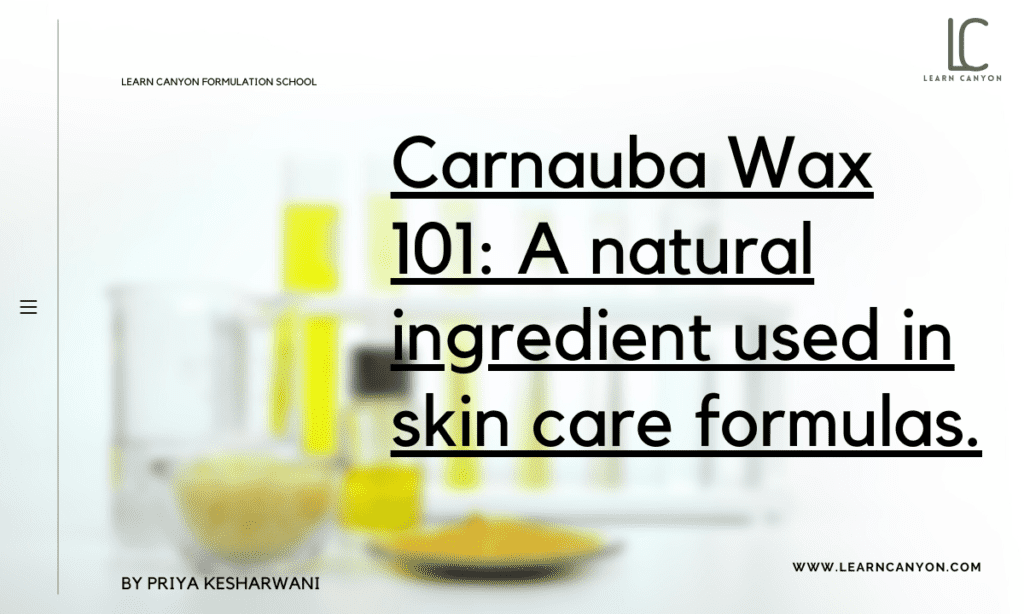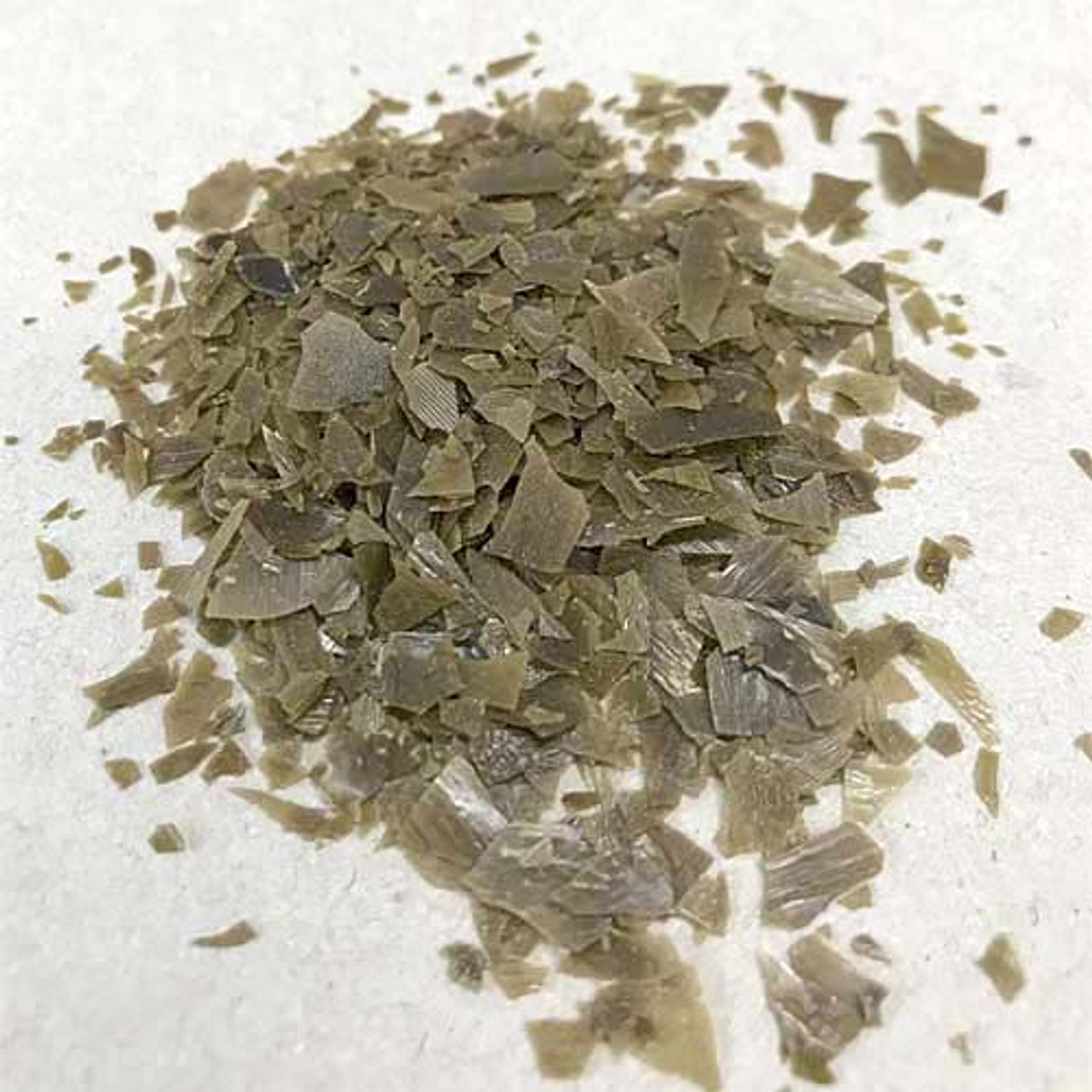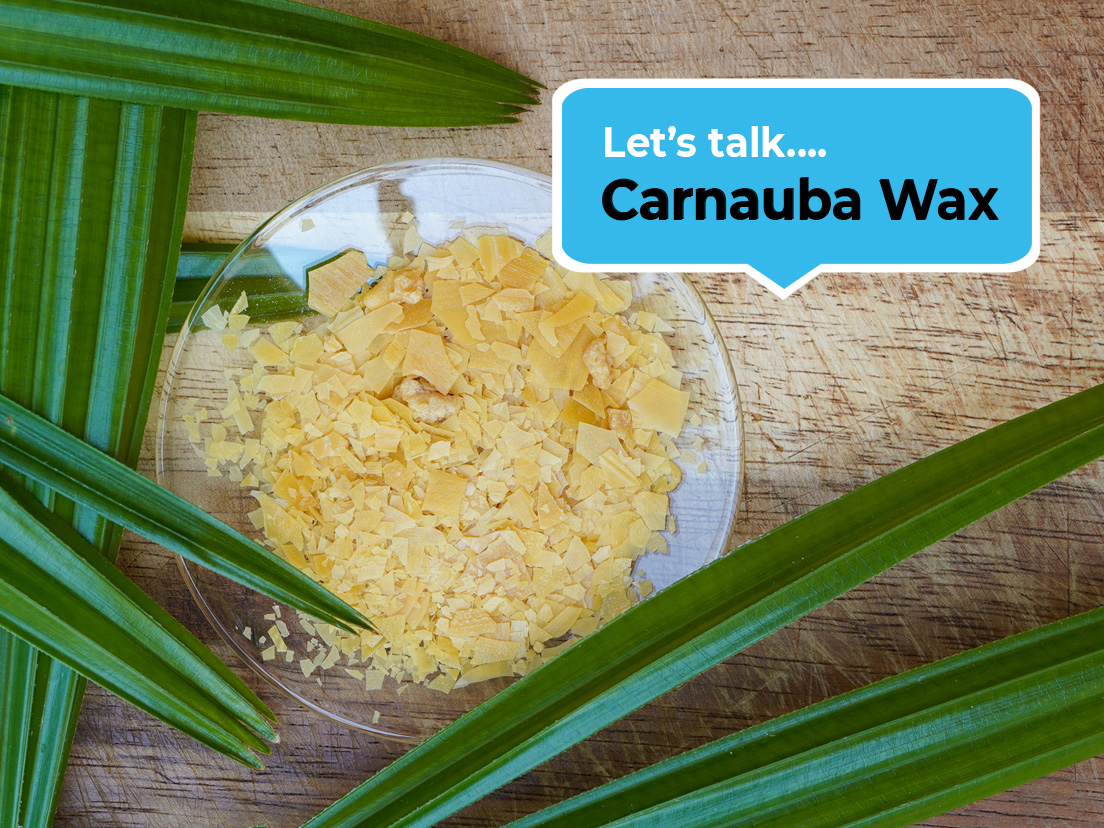Carnauba Wax In Food Side Effects

That glossy sheen on your favorite candies, the protective layer on your car’s paint, and even some of the coating on your vitamins might share a common origin: carnauba wax. But growing concerns are emerging about the potential health implications of ingesting this seemingly innocuous substance, prompting scientists and regulatory bodies to take a closer look.
This article delves into the debate surrounding the use of carnauba wax in food, exploring the existing scientific evidence on its potential side effects, the regulatory landscape governing its use, and expert opinions on the matter. We will examine the risks and benefits, consider alternative options, and provide a comprehensive overview of what consumers need to know to make informed choices.
What is Carnauba Wax?
Carnauba wax, also known as Brazil wax, is a natural wax obtained from the leaves of the carnauba palm, a plant native to northeastern Brazil. It is considered the "queen of waxes" due to its high melting point, hardness, and ability to create a glossy finish.
These properties make it a popular ingredient in a wide range of products, including food coatings, cosmetics, pharmaceuticals, and automotive waxes. In the food industry, it's commonly used to coat candies, chocolates, fruits, and vegetables, providing a protective layer and enhancing their visual appeal.
Potential Side Effects: Examining the Evidence
While carnauba wax is generally regarded as safe (GRAS) by the U.S. Food and Drug Administration (FDA) and similar bodies in other countries, some concerns persist regarding its potential side effects. These concerns largely revolve around potential allergic reactions and digestive issues.
Allergic Reactions: Although rare, allergic reactions to carnauba wax have been reported. These reactions can manifest as skin rashes, hives, itching, or even respiratory problems in sensitive individuals.
Dr. Emily Carter, an allergist at the National Institute of Allergy and Infectious Diseases (NIAID), notes, "While carnauba wax allergy is uncommon, it's crucial for individuals with known allergies to similar substances, such as beeswax or pollen, to exercise caution."
Digestive Issues: Because carnauba wax is largely indigestible, consuming large quantities could theoretically lead to digestive discomfort. This may include bloating, gas, or abdominal cramping in some individuals.
However, the amount of carnauba wax used in food products is typically very small, minimizing the likelihood of significant digestive problems for most consumers.
Regulatory Landscape: What the Experts Say
The FDA regulates the use of carnauba wax in food under specific guidelines. It sets limits on the amount of wax that can be used in various food products.
According to the FDA’s website, carnauba wax is considered safe for its intended use, provided it adheres to the established limitations. The European Food Safety Authority (EFSA) has also assessed carnauba wax and concluded that it poses no significant health risk at the levels currently used in food.
Despite these assurances, some consumer advocacy groups argue for stricter regulations and increased transparency regarding the use of carnauba wax in food. They believe that more research is needed to fully understand its potential long-term effects, especially with regard to vulnerable populations like children.
Benefits of Carnauba Wax in Food
While concerns exist, carnauba wax also offers several benefits in the food industry. It provides a protective barrier against moisture loss, extending the shelf life of products.
It enhances the appearance of food by creating a glossy sheen, making it more appealing to consumers. The wax can also help prevent sticking and clumping, ensuring that products remain separate and easy to handle.
Alternatives to Carnauba Wax
For manufacturers looking to avoid carnauba wax, several alternatives are available. These include beeswax, candelilla wax, and shellac, each with its own set of advantages and disadvantages.
Beeswax, derived from honeycombs, is another natural wax with similar properties to carnauba wax. Candelilla wax, obtained from the candelilla plant, is a harder wax and can be used in similar applications.
Shellac, a resin secreted by the lac insect, is also used as a coating agent, but it is not considered vegan. The choice of alternative depends on factors such as cost, availability, desired properties, and consumer preferences.
Consumer Considerations and Future Outlook
Consumers concerned about carnauba wax can take several steps. They can read product labels carefully to identify ingredients and make informed choices.
They can opt for products that use alternative coatings or those that are explicitly labeled as carnauba wax-free. Consumers can also contact manufacturers directly to inquire about their ingredients and production processes.
Looking Ahead: Ongoing research into the safety and potential side effects of carnauba wax is essential. Further studies are needed to assess its long-term health impacts and identify any potential risks associated with its consumption, particularly in sensitive populations. As consumer awareness increases, manufacturers may face pressure to adopt more transparent labeling practices and explore alternative ingredients.
The future of carnauba wax in the food industry will likely depend on the evolving regulatory landscape, scientific advancements, and consumer demand for safe and sustainable food products.

